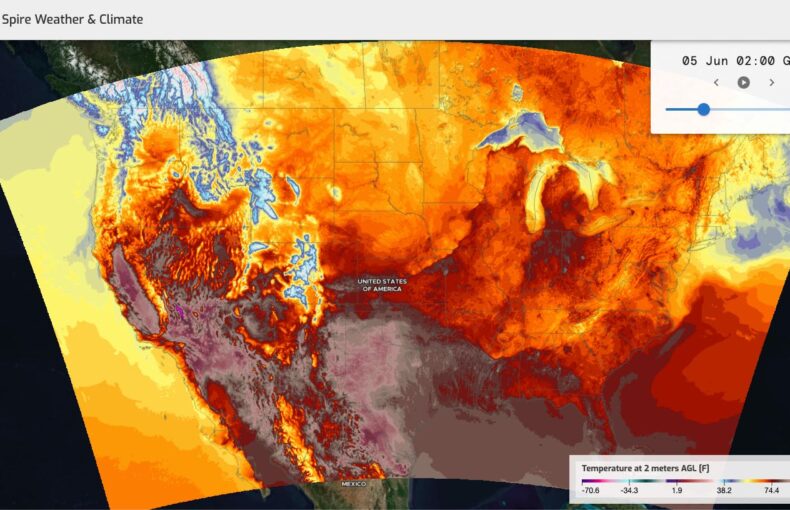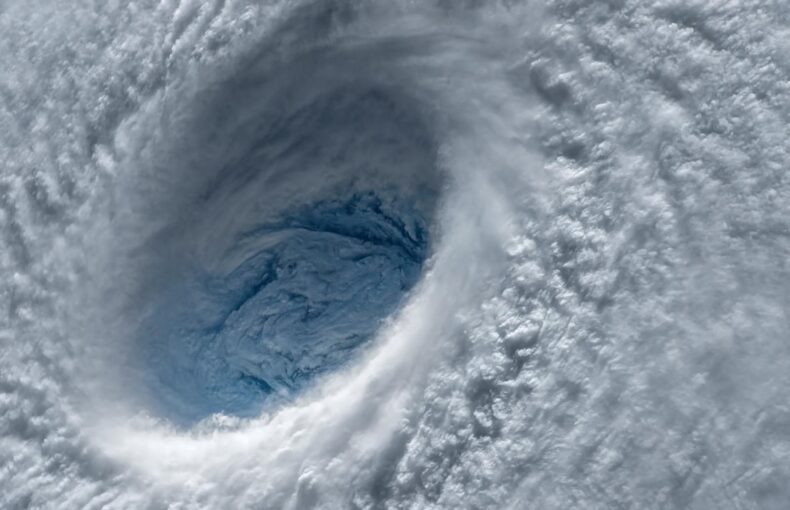Navigating the Blue Economy with the TrueOcean Marine Data Platform to fight climate change
Imagine this: our oceans are not just inert bodies of water; they function as the very “lungs of our planet”.
Did you ever stop to think that beyond the vast expanse of the ocean’s surface, which covers a staggering 71% of our planet, lies a crucial role that our oceans play?
“We need the ocean to combat climate change. The ocean serves as one of the largest carbon sinks for CO2 through various mechanisms; it is stored beneath the seabed, underground, and even within the water itself”
Share on Facebook Share on Twitter Share on LinkedIn
Changing climate conditions can harm renewable offshore energy production
The oceans contribute immensely by producing 50% of the world’s necessary oxygen for human survival. Additionally, they take in 25% of global carbon dioxide emissions and skilfully trap up to 90% of the excess heat released into the environment. This unparalleled capacity designates the oceans as the planet’s primary carbon sink, playing a crucial part in mitigating the impacts of climate change.
The ocean plays a fundamental role in influencing and regulating Earth’s climate, acting as a crucial component of the planet’s intricate systems. Ocean currents are responsible for distributing essential heat and moisture globally, similar in function to the circulatory system in the human body. Ocean currents are vital not only for influencing climate patterns but also for offshore wind projects, as they can significantly affect wind speed and direction, making it essential for optimizing the efficiency and viability of renewable energy generation at sea.
This is why equipping companies such as north.io with its leading TrueOcean marine data platform with powerful and accurate marine and meteorological insights is essential to harnessing our Earth’s oceans in a sustainable manner.
Harnessing marine big data to maximize offshore wind energy success
In the pursuit of climate protection and renewable energy, offshore wind farms have emerged as vital components in the global decarbonization efforts. With governments setting global ambitious targets for offshore renewable energy (from 34 GW in 2020 to 330 GW by the end of the decade), the world is witnessing a surge in offshore wind projects. However, executing multiple projects simultaneously within limited resources and shorter timelines presents a significant challenge. One key factor that plays a pivotal role in the success of offshore projects is the acquisition and management of marine data. As the “eyes of the sea,” sensors generate vast amounts of complex marine data which must be effectively harnessed to drive sustainable solutions.
In this context, TrueOcean Marine Data Platform [TrueOcean MDP], the leading cloud-based platform for managing data for offshore wind projects worldwide, offers a comprehensive solution to overcome the challenges associated with big data. TrueOcean MDP empowers users to gain a better understanding of marine data, make informed decisions, enhance project efficiency, reduce costs, secure data storage and protection, and benefit from a scalable solution that adapts to evolving project needs and the exponentially growing number of projects.
Unlocking the ocean’s untapped treasures with weather insights
TrueOcean MDP has also been recently upgraded to include MetOcean data forecasts natively. This enhancement empowers marine survey, energy, and offshore contractor users to enhance data quality control from diverse marine sensors, such as multibeam echo sounders and sub-bottom profilers.
The seamless integration of accurate wind, wave, and environmental data from Spire Global augments TrueOcean MDP’s powerful sensor data management capabilities, benefiting the offshore wind sector’s technical workflows. Spire’s precise maritime weather forecasts further aid offshore operations and maintenance, elevating the marine industry’s ability to do its bit to fight climate change.
“We are starting to use our oceans in a totally different way. We are moving from simple fishing to a world where we are transforming our oceans into giant energy generators, hubs for modern connectivity, CO2 storage and resource providers.”, shares Jann Wendt.
80% of our oceans remain largely uncharted and unmapped but are vital for our fight against climate change since they are playing a key role in global climate dynamics. Thus, empowering the world with accurate weather insights becomes an imperative step in shaping a more sustainable future.
Jann Wendt, the CEO of north.io and an environmental geographer with a passion for all things people and the planet, sheds insights on the unfolding value of oceans and the indispensable role that weather occupies in this narrative.
TrueOcean MDP: Revolutionising data management with weather insights for offshore wind
“We relate to everything that has ocean data included. Data acquisition from the ocean is growing in scale, as the demand for it is growing,” states Wendt.
TrueOcean MDP offers an additional module, empowering customers to contribute valuable data to global weather forecasts, especially pertinent within offshore domains. This module provides customers with a comprehensive display of critical weather data. TrueOcean envisions a future seamlessly integrating this data into a diverse range of large-scale computations. Consider the scenario of a wind farm owner contracting data collection services. The prevailing approach involves agreements with shipping companies, potentially limiting measurements to a 1.5-meter wave height parameter. While the present method relies on subjective claims, the future promises a revolutionary shift. Leveraging weather data and harmonizing it with sensor data could potentially validate data acquisition within the specified 1.5-meter parameter. TrueOcean’s utilization of meteorological data ensures robust quality control and assurance for data procured from oceanic sources.
As TrueOcean delves deeper into optimizing wind farm potentials, accurate weather insights become indispensable for both operations and maintenance. This crucial element propels the world towards an interconnected and sustainable future.
 Written by
Written by


